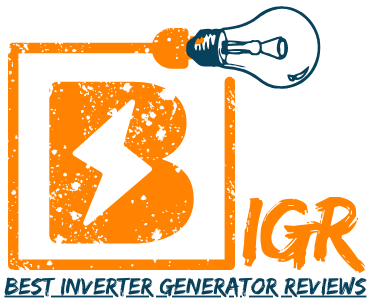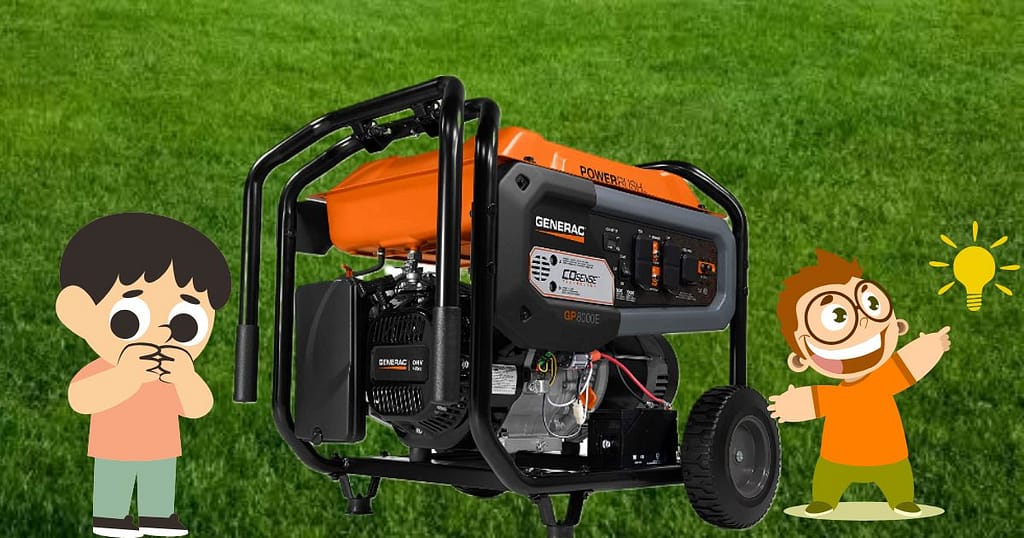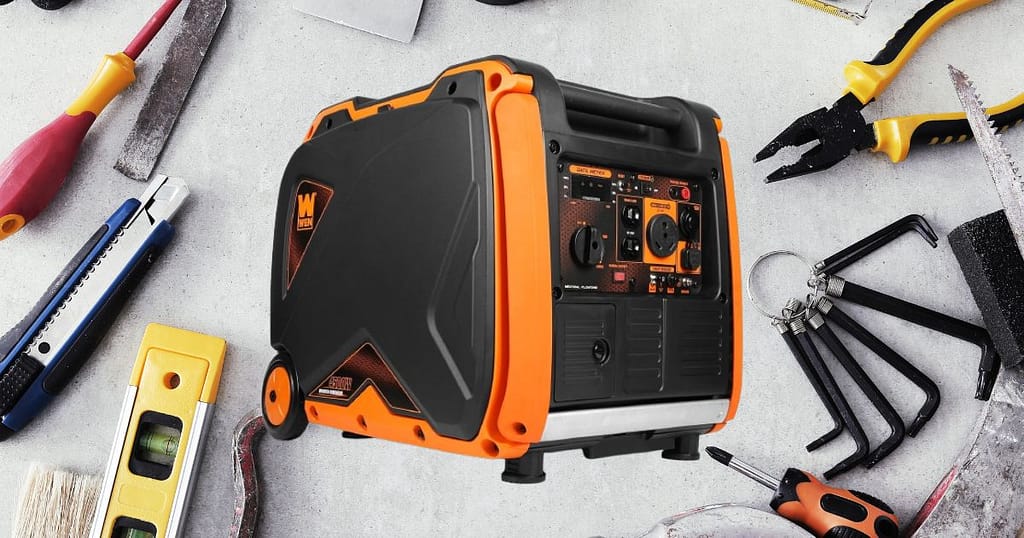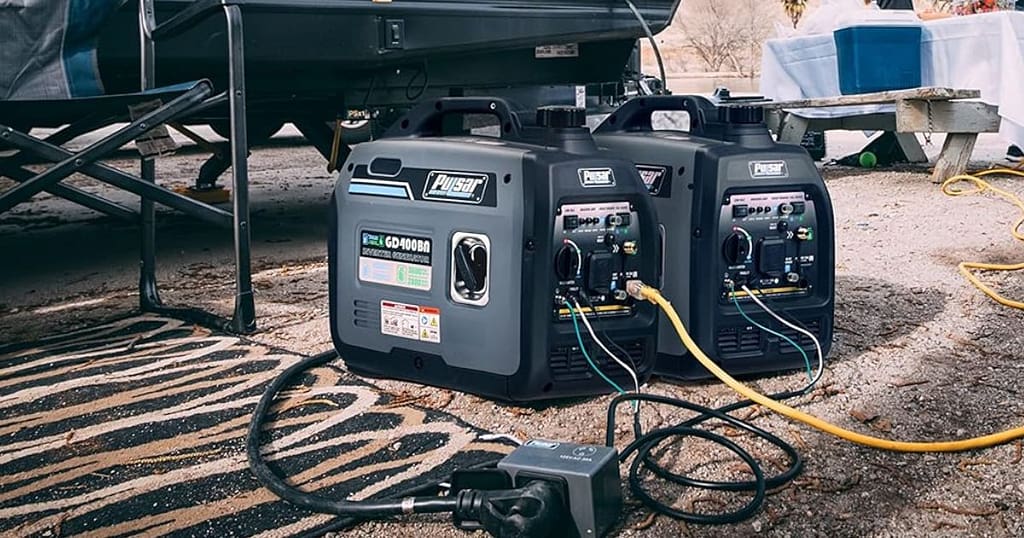Generators are an essential piece of equipment for both residential and commercial use. They provide backup power during outages or power supply problems. However, there are times when your generator won’t start, leaving you without a backup power source. If you find yourself in this situation, don’t worry, as there are several reasons why your generator won’t start, and most of them can be easily fixed. In this blog, we’ll look at some of the common reasons why your generator won’t start and how to fix them.
Why Your Generator Won’t Start and How to Fix Them
1: Dead Battery
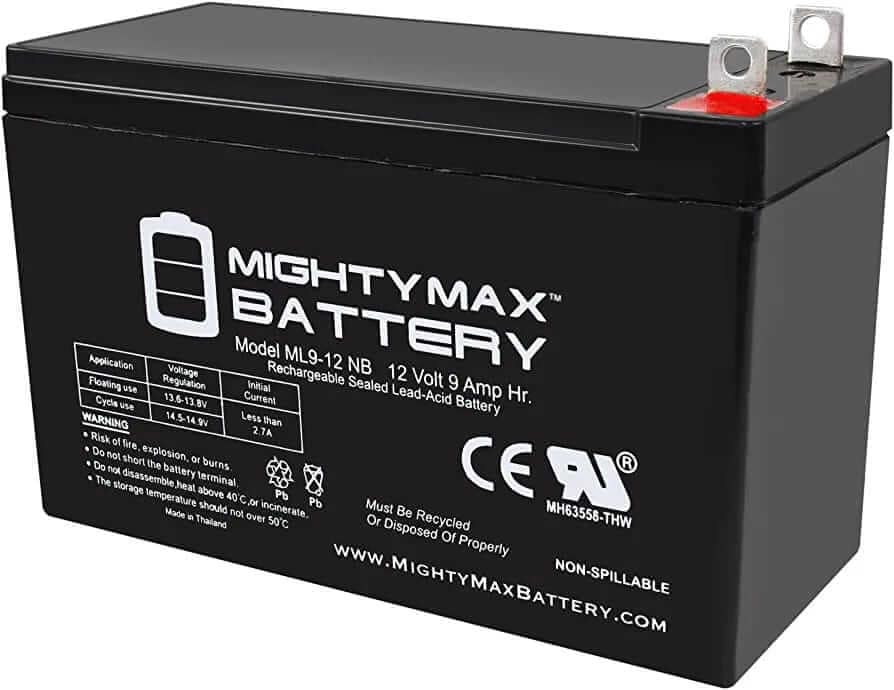
The battery is an essential component of a generator’s starting system, providing the initial burst of energy needed to start the engine. When a generator is not in use, its battery can gradually lose its charge, and if left unattended, it can become completely dead. This can be a frustrating situation, especially when you need backup power urgently.
One of the most common signs of a dead battery is a clicking sound when you try to start the generator. This sound indicates that the battery has insufficient charge to turn the engine over. To check if the battery is dead, use a multimeter to measure the voltage. A fully charged battery should measure around 12.6 volts or higher. If the voltage is below 12 volts, the battery is dead and needs to be replaced.
There are several factors that can cause a generator’s battery to die, including:
- Age: Over time, a battery’s ability to hold a charge diminishes, and it may need to be replaced.
- Lack of use: If a generator is not used frequently, the battery can gradually lose its charge and eventually become completely dead.
- Extreme temperatures: High temperatures can cause a battery to lose its charge more quickly, while cold temperatures can slow down the chemical reactions that produce electricity, reducing the battery’s ability to hold a charge.
- Corrosion: Corrosion can build up on the battery terminals, preventing the battery from charging and discharging properly.
If you have a dead battery, there are a few ways to fix the problem. One option is to jumpstart the battery using jumper cables and a running vehicle. Connect the red cable to the positive terminal of the dead battery and the other end to the positive terminal of the running vehicle’s battery. Then, connect the black cable to the negative terminal of the running vehicle’s battery and the other end to a metal surface on the dead generator (such as a bolt or bracket). Start the engine of the running vehicle and let it run for a few minutes before attempting to start the generator.
Another option is to replace the battery. When replacing a battery, make sure to choose one that is the correct size and voltage for your generator. It’s also a good idea to choose a battery that is designed for use in generators, as these batteries are often more durable and longer-lasting than standard car batteries.
2: Low Fuel Level
A generator is an important machine that can provide power during an emergency, power outage or in remote areas where there is no grid power. However, like any machine, it requires proper maintenance to ensure it functions optimally.
One of the most common issues that prevent a generator from starting is a low fuel level. In this response, we will elaborate on the reasons why a low fuel level can prevent a generator from starting, the importance of checking and maintaining the fuel level, and the steps to take when refilling the fuel tank and cleaning the fuel filter.
Low fuel level is a common issue that prevents a generator from starting. Generators have an internal combustion engine that requires fuel to run. If the fuel level is low or empty, the engine won’t start or may start and then shut down quickly.
The fuel level in the tank should be checked regularly, especially before starting the generator. If the fuel level is low, the generator won’t start, and if the generator does start, it may run for a few seconds and then shut down due to the insufficient fuel supply.
Checking the fuel level is a critical part of generator maintenance. It’s important to check the fuel level regularly and refill it when necessary. The fuel level should be checked when the generator is turned off to prevent injury and ensure accurate readings. Most generators have a fuel gauge or indicator that displays the fuel level. However, some generators may not have this feature, and you will need to open the fuel tank cap and physically inspect the fuel level. A flashlight or other light source can be useful when inspecting the fuel level.
When refilling the fuel tank, it’s important to use the correct type of fuel recommended by the manufacturer. Most generators use gasoline or diesel fuel, but some may require propane or natural gas. It’s also important to avoid overfilling the fuel tank, as this can cause fuel to spill and create a fire hazard.
The fuel filter is another component that can cause the generator to malfunction if it’s clogged or dirty. The fuel filter prevents dirt, debris, and contaminants from entering the engine, which can cause damage to the engine and affect its performance. Over time, the fuel filter can become clogged, reducing fuel flow to the engine, which can cause the generator to stall or not start at all.
Cleaning or replacing the fuel filter is an important part of generator maintenance. The frequency of cleaning or replacing the fuel filter will depend on the usage and the environment. If the generator is used frequently or in dusty environments, the fuel filter may need to be cleaned or replaced more frequently. It’s recommended to consult the manufacturer’s manual for specific guidelines on when to clean or replace the fuel filter.
3: Stale Fuel
Fuel is the lifeblood of any generator, providing the energy required to power its engine. However, over time, fuel can become stale and degrade, leading to a range of issues that can prevent a generator from starting or functioning correctly. In this context, stale fuel refers to fuel that has been stored for an extended period, which can lead to the formation of gums, varnishes, and other contaminants that can clog the fuel system.
The primary cause of stale fuel is the oxidation of the hydrocarbons present in the fuel. When fuel is exposed to air and heat, the hydrocarbons react with oxygen, leading to the formation of gums and varnishes. These substances can build up in the fuel tank, fuel lines, carburetor, and fuel filter, preventing the engine from receiving the fuel it needs to start and run smoothly.
Another factor that can contribute to the formation of stale fuel is the presence of water in the fuel. Water can enter the fuel system through condensation, leaks, or other means, and it can promote the growth of microorganisms that can degrade the fuel and clog the fuel system.
To prevent stale fuel from causing problems with your generator, it is essential to take steps to keep your fuel fresh and clean. Here are some tips to help you maintain the quality of your fuel:
- Use fuel stabilizers: Fuel stabilizers are chemical additives that can help prevent the oxidation of fuel and the formation of gums and varnishes. These products can be added to the fuel tank when you fill up, and they can extend the shelf life of your fuel for up to a year or more.
- Store fuel properly: To minimize the risk of contamination and degradation, it is crucial to store your fuel in a clean, dry, and well-ventilated area. Avoid storing fuel in direct sunlight, as this can accelerate the oxidation process.
- Use fresh fuel: If you are using fuel that has been sitting in your tank for more than a few months, it may be time to drain it and replace it with fresh fuel. This can help ensure that your generator is receiving the clean, high-quality fuel it needs to function correctly.
- Inspect the fuel system regularly: Regular inspections of the fuel tank, fuel lines, carburetor, and fuel filter can help you identify any issues before they become serious problems. If you notice any signs of contamination or degradation, such as a foul odor, sediment, or discoloration, it may be time to clean or replace these components.
4: Clogged Carburetor
A carburetor is an essential component of an internal combustion engine, and its primary function is to mix air and fuel in the correct ratio for combustion. However, over time, carburetors can become clogged with dirt, debris, and other contaminants, leading to various engine problems, including failure to start, rough idling, and decreased fuel efficiency.
A clogged carburetor can occur due to various reasons, including using contaminated fuel, leaving the generator idle for extended periods, or neglecting regular maintenance. When a carburetor is clogged, it restricts the flow of fuel, causing the engine to stall or not start at all. In some cases, the carburetor may also leak fuel, posing a fire hazard.
To diagnose a clogged carburetor, you can look for symptoms such as difficulty starting the generator, decreased power, black smoke from the exhaust, and foul-smelling exhaust fumes. If you suspect that your generator’s carburetor is clogged, you should clean it immediately or replace it if it’s damaged beyond repair.
Cleaning a carburetor requires some mechanical skill, but it’s not overly complicated. To start, you need to remove the carburetor from the generator and disassemble it carefully. You can then use a carburetor cleaner spray to remove any dirt, debris, or rust build-up from the carburetor’s jets, channels, and passages. After cleaning, you should reassemble the carburetor and reinstall it on the generator.
If the carburetor is damaged or severely clogged, it may not be salvageable, and you’ll need to replace it. When replacing the carburetor, it’s essential to ensure that you choose a compatible replacement that matches the engine’s specifications. You may also need to adjust the carburetor’s settings to optimize the fuel-air mixture for the engine’s performance.
5: Faulty Spark Plug
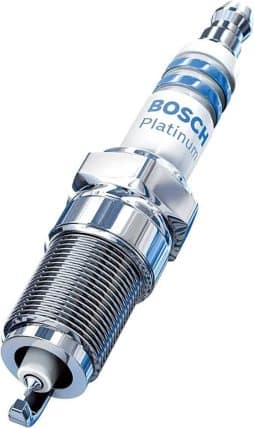
The spark plug works by creating a high-voltage electrical discharge across a small gap between its center electrode and ground electrode. This electrical spark ignites the compressed fuel-air mixture, causing it to burn and produce energy that powers the engine.
However, like any other mechanical component, spark plugs are subject to wear and tear over time and can become faulty or damaged. Faulty spark plugs can cause several problems in the engine, including difficulty starting, rough idling, decreased fuel efficiency, and even engine misfires or stalling.
Some common reasons for a faulty spark plug are:
- Wear and Tear: Over time, the spark plug’s electrodes can wear down due to repeated high-voltage discharges, causing the gap between them to widen. This can result in a weak or no spark, preventing the engine from starting.
- Fouling: If the spark plug is exposed to oil, fuel, or other contaminants, it can become fouled and unable to produce a spark. This can occur due to leaking valve seals or piston rings, worn-out engine components, or improper fuel mixture.
- Damage: Physical damage to the spark plug, such as cracking or chipping, can also cause it to fail. This can occur due to mishandling during installation or removal, or from excessive engine vibrations.
If you suspect a faulty spark plug is the cause of your generator’s starting problems, you can follow these steps to inspect and replace it:
- Turn off the generator and allow it to cool down.
- Locate the spark plug and remove it using a spark plug socket.
- Inspect the spark plug for signs of wear, damage, or fouling. Look for worn-out electrodes, deposits of oil or fuel, or cracks in the ceramic insulator.
- If the spark plug is damaged or worn out, replace it with a new one that matches the manufacturer’s specifications.
- Install the new spark plug and tighten it to the recommended torque using a torque wrench.
6: Low Oil Level
The engine oil also plays a crucial role in ensuring the smooth functioning of an engine. If the oil level is low or empty, it can cause significant damage to the engine and lead to engine failure, which can be expensive to repair.
Low oil levels in an engine can cause several issues, including reduced engine performance, increased engine wear, and potential engine damage. Here are some of the reasons why low oil levels can be detrimental to an engine’s health:
- Reduced Lubrication: When the engine oil level is low, the lubrication of the engine’s moving parts is compromised. Without proper lubrication, the moving parts can wear out quickly, causing significant damage to the engine.
- Increased Friction: Low oil levels can lead to increased friction between the engine’s moving parts. This friction generates heat, which can cause the parts to wear out quickly and potentially seize, leading to engine failure.
- Overheating: Engine oil helps to dissipate heat from the engine. Low oil levels can cause the engine to overheat, leading to potential engine damage and reduced engine performance.
- Reduced Fuel Efficiency: Low oil levels can cause the engine to work harder than it should, reducing fuel efficiency and increasing emissions.
To prevent these issues, it is essential to regularly check the engine oil level and refill it if necessary.
7: Dirty Air Filter
An air filter is also a crucial component of an internal combustion engine, including those found in generators. It prevents airborne particles such as dirt, dust, and debris from entering the engine’s combustion chamber, where they can cause damage to engine components, reduce engine performance, and even lead to engine failure.
A dirty air filter can significantly impact the performance of a generator. When the air filter becomes clogged, it restricts the flow of air into the engine, resulting in reduced power output and making it difficult to start.
The restricted airflow can also cause the engine to run rich, leading to fouled spark plugs, decreased fuel efficiency, and increased emissions.
Additionally, a dirty air filter can lead to more severe engine damage if left unaddressed. Over time, the debris buildup can cause the engine to overheat, leading to premature wear of engine components such as pistons and valves, and even engine failure.
The frequency of air filter replacement or cleaning depends on the generator’s usage, environment, and operating conditions. In dusty or dirty environments, the air filter may need to be cleaned or replaced more frequently.
8: Faulty Ignition Switch
This is another reason that stop the generator from starting, the ignition switch is responsible for sending power to the starter generator’s motor when you turn the key.
If the ignition switch is faulty, it won’t send power to the starter motor, preventing the generator from starting.
9: Overloaded Generator
Overloading your generator can cause it to shut down or fail to start. If you’re running too many appliances or equipment that exceed the generator’s capacity, it can overload the generator and prevent it from starting. Reduce the load on the generator and try starting it again.
Final Verdict
A generator is a critical piece of equipment that provides backup power during outages or power supply problems. However, there are times when your generator won’t start, leaving you without a backup power source. The common reasons why your generator won’t start include a dead battery, low fuel level, stale fuel, clogged carburetor, etc. Read our article and consider which problem you’re facing.
If you think that this is a helpful blog, so please share it with other people so that we can help others!
